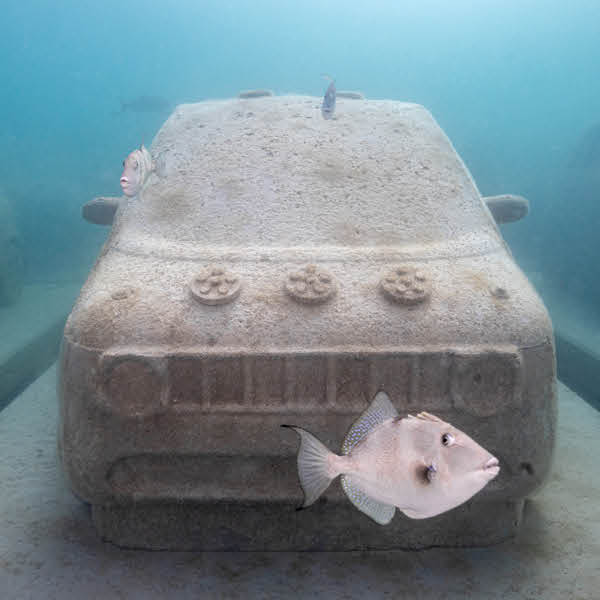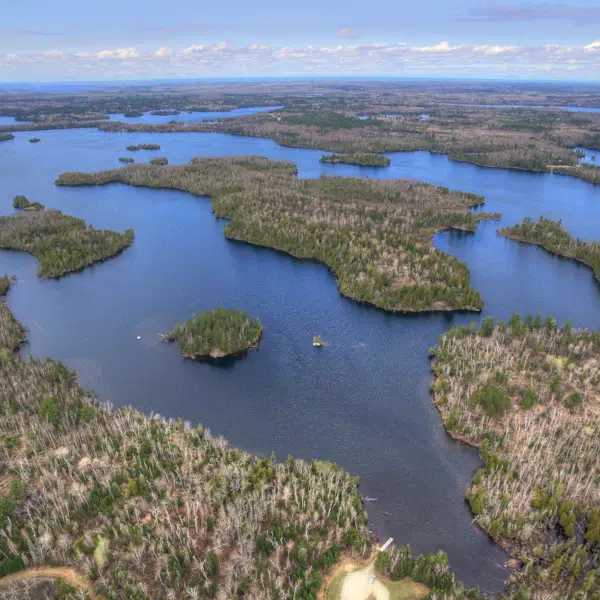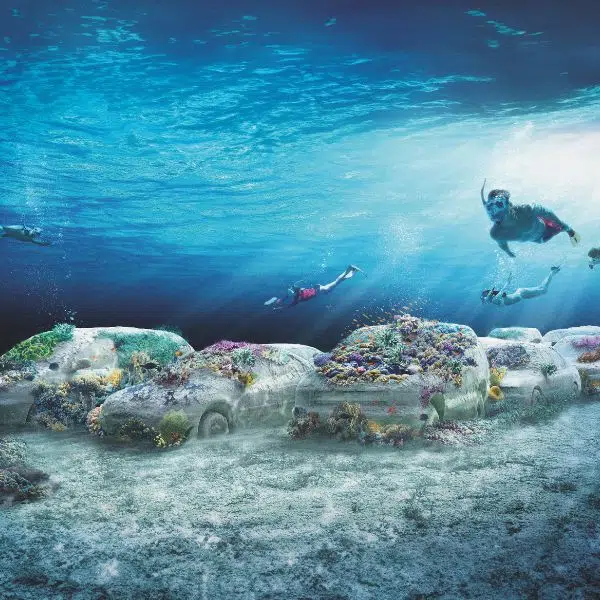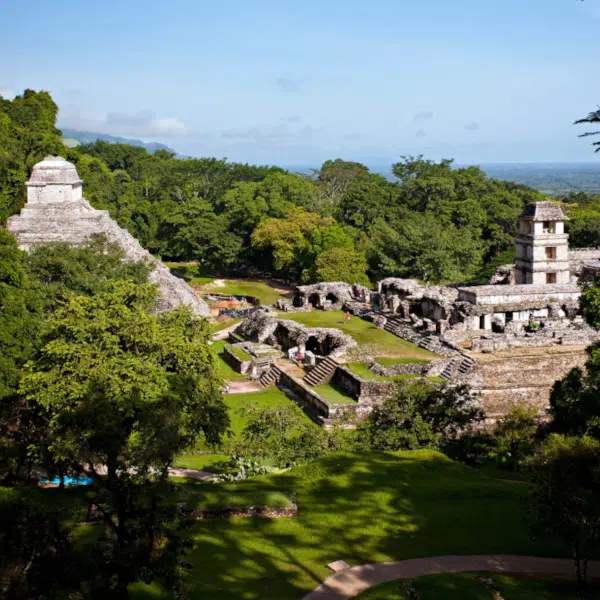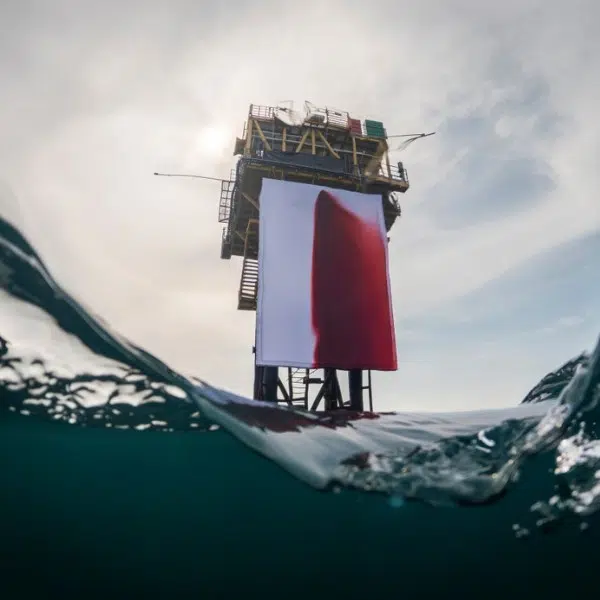
Photo: Google Satellite
Deep in Siberia, an enormous depression in the Earth, often called the Gateway to Hell, is rapidly expanding, taking large chunks of Earth with it. The Batagaika crater is the world's largest permafrost crater and emits a startling quantity of greenhouse gases.
The tadpole-shaped hole measures a kilometer long (almost a mile) and reaches depths of up to 100 meters (328 feet). Though it's called a crater, that's actually a misnomer. In fact, the hole is a thermokarst depression, or megaslump, that appeared in the 1960s when the surrounding forest was cleared. This changed the delicate thermal balance of the landscape, and as permafrost thawed, it let off a large quantity of methane gas that caused the depression in the Earth.
It wasn't until 1991 that satellite images confirmed its existence, and since then, researchers have noted its rapid growth. Recently, a team led by Alexander Kizyakov of Moscow State University's Department of Cryolithology and Glaciology attempted to calculate its growth rate and were astonished by what they found.
In a study published in the journal Geomorphology, the teams presented their findings. First, they used satellite images to assess the crater's growth, and then, using field data and remote sensing, they put together a 3D model to see how fast the permafrost is melting. They discovered that the headwall is eroding at a rate of 40 feet (12 meters) per year, while already collapsed sections of the headwall are also rapidly melting and sinking.
All told, the total volume of permafrost thaw is about 1 million cubic meters per year. About a third of that contains organic material, while the rest is melted ground ice. Sadly, this translates to around 4,000 to 5,000 tons of previously permafrost-locked organic carbon released every year.
Unfortunately, there is no sign of slowing down as the depression is stuck in a positive feedback loop. As the permafrost thaws, bacteria break down and release greenhouse gases. These gases, in turn, heat the atmosphere, which contributes to permafrost thaw, and the cycle continues.
Though Batagaika is still growing, researchers believe there is a limit to its expansion. The remaining permafrost layer inside the crater is only a few feet thick, and the underlying bedrock will block its growth.
Siberia's Batagaika crater, sometimes called the “Gateway to Hell,” is the world's largest permafrost crater and it's growing rapidly.
h/t: [Good]
Related Articles:
Haunting Beauty of a Mysterious Frozen Crater in Northern Siberia
Oddly Shaped Lava Formations Look Like a Mass of Twisted Bodies
Dramatic Photo Captures Rare Sight of 65-Foot-Tall Lava Dome in Hawaii
Giant Fire Pit in Desert Known as “Gates of Hell” Has Been Burning for Over 50 Years











































































